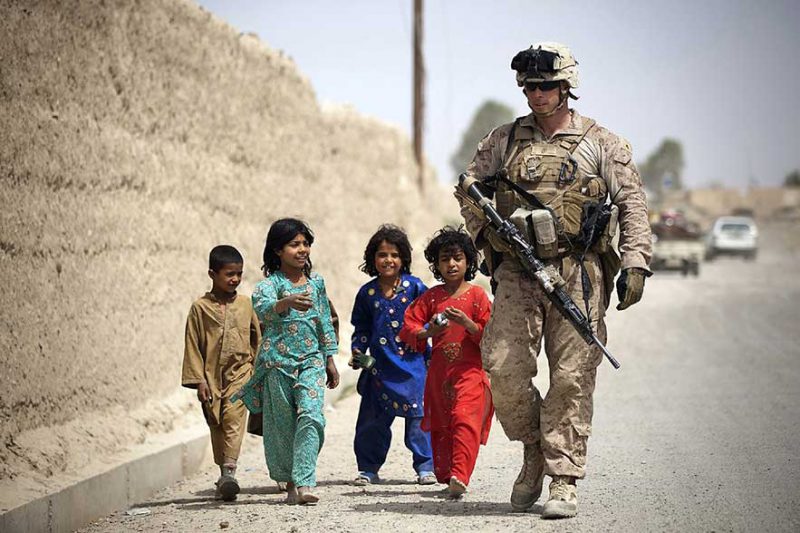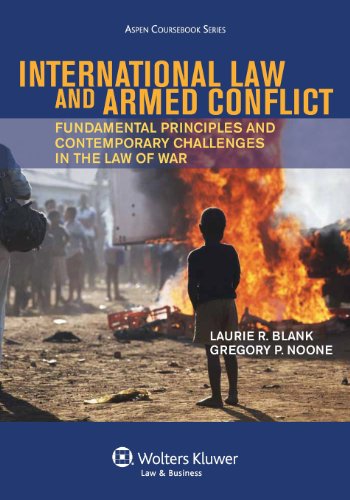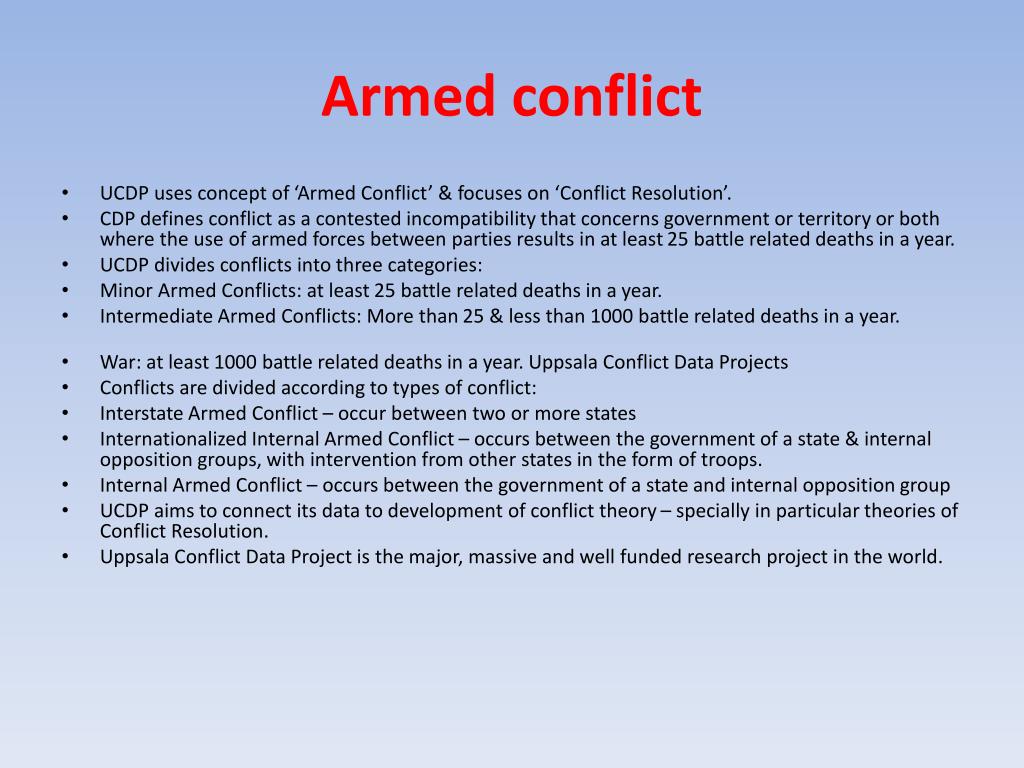
War Armed conflict between nations, invasion, act of foreign enemy, civil war, or taking power by organised military force.Īrmed conflict may take a variety of forms, such as a conflict of international or non-international character, which may involve two or more states, or may consist of wars of liberation, or insurgencies, civil wars. The content of IHL is divided into two categories: International Armed Conflict (IAC) and Non- International Armed conflict (NIAC).The provisions of IHL could be useful to enhance the criminal accountability of peacekeepers.Īrmed conflict may take a variety of forms, such as a conflict of international or non- international character, which may involve two or more states, or may consist of wars of liberation, or insurgencies, civil wars, etc.


This means, according to our analysis, that war crimes could already have taken place before March 2022’ explains Dr Chiara Redealli.Armed conflict may take a variety of forms, such as a conflict of international or non-international character, which may involve two or more states, or may consist of wars of liberation, or insurgencies, civil wars, etc. What has changed, since February 2022, is the intensity of the violence and its impact on the civilian population. Wars, battles, and other domestic or international conflicts, whether armed or diplomatic, are often the outcome of a dispute over natural resources or a. One concept appears in the jus ad bellum, or the law applicable to States’ resort to the use of force. Indeed, according to IHL criteria, there have been an IAC between Russia and Ukraine and two NIACs in Ukraine since 2014. Concepts of self-defense reside in two distinct bodies of public international law. ‘Russia’s invasion of Ukraine did not change our classification of the armed conflicts in the region. Europe is also the theatre of an international armed conflict (IAC) between Ukraine and Russia, and of two non-international armed conflicts (NIACs) in Ukraine opposing governmental forces with the self-proclaimed ‘People’s Republics’ of Donetsk and Luhansk in eastern Ukraine.

The following military occupations constitute the majority of armed conflicts that are taking place in Europe, four out of seven conflicts: Russia is currently occupying Crimea (Ukraine), Transdniestria (Moldova), as well as South Ossetia and Abkhazia (Georgia), while Armenia is occupying parts of Nagorno Karabakh (Azerbaijan).


 0 kommentar(er)
0 kommentar(er)
